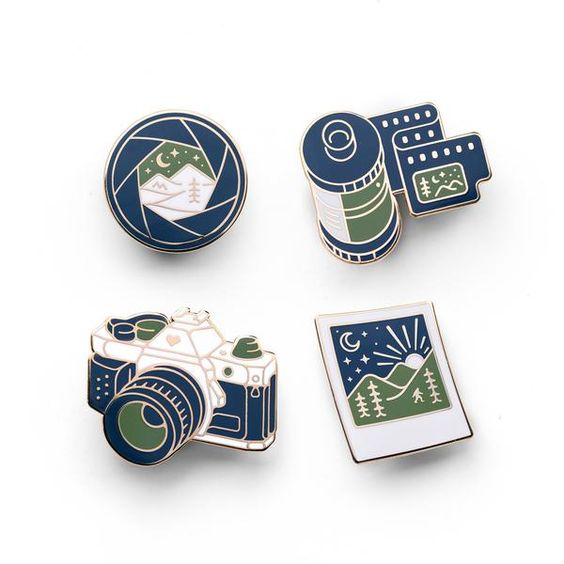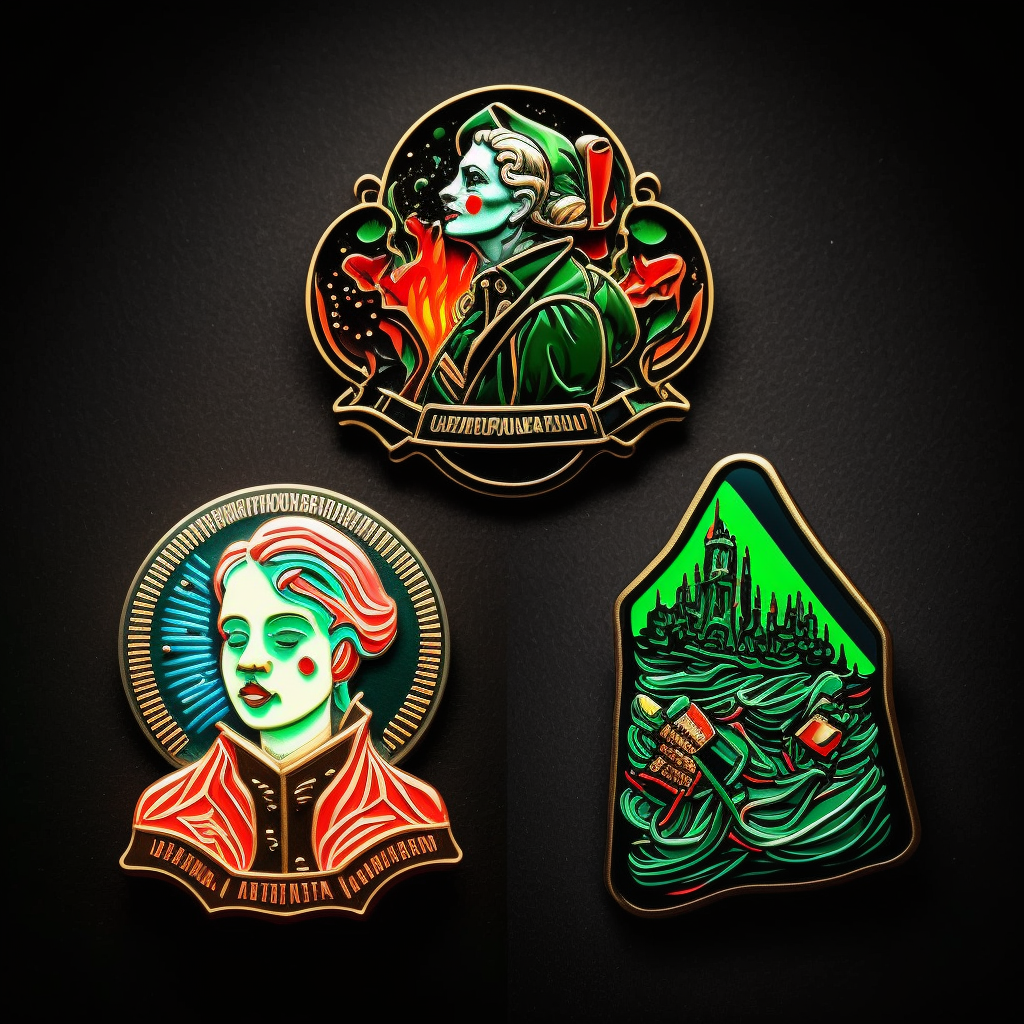Tips on How to Start An Enamel Pin Business
Enamel pins have surged in popularity over recent years, becoming a trendy way for people to express their personalities, interests, and affiliations. Starting an enamel pin business can be a creative and lucrative venture, especially if you have a passion for design and a knack for spotting trends. If you’re considering diving into this colorful industry, here are some essential tips to help you launch your enamel pin business successfully.
Identify Niche and Design Your Enamel Pins
Before you dive into production, it’s crucial to define your niche. Enamel pins come in a variety of themes—pop culture references, animals, quotes, and more. Choose a niche that resonates with you and has a potential market. Research current trends and analyze existing pin designs to identify gaps or opportunities. Whether you want to focus on fandoms, custom designs, or themed collections, having a clear niche will help you create pins that appeal to a specific audience.
Design is the heart of any enamel pin business. Start by sketching your ideas or using design software like Adobe Illustrator or Procreate. Your designs should be clear and detailed, as enamel pins are small and every element needs to be easily distinguishable. Consider the size, shape, and color palette of your pins. Work with a professional designer if needed, and ensure your designs are unique and not easily replicable.

Select Your Manufacturing Process
Considering the appearance you seek and your budget, you can pick the optimal production process for your designs. The most common approaches are:
Soft Enamel: It's one of the most popular methods for making enamel pins. The design is stamped into the metal, and then enamel paint is added to the recessed areas. The pin is baked to harden the enamel, and the raised metal lines give the pin a textured feel. Soft enamel pins are known for their vibrant colors and detailed designs.
Hard Enamel: This method involves filling the recessed areas of the pin with enamel paint and then polishing the pin until it is smooth and level with the metal lines. The result is a durable, high-quality pin with a smooth finish. Hard enamel pins are often more expensive due to the additional labor involved, but they are highly durable and have a premium look.
Offset Printing: This method is used for designs that require a high level of detail or gradient colors that cannot be achieved with traditional enamel filling. The design is printed directly onto the metal surface, and a clear epoxy coating is applied to protect the print. Offset printing is ideal for complex images, photographs, or designs with intricate color gradients.

Photo Etched: This technique involves etching the design onto a metal plate using a photographic process. The etched areas are then filled with enamel paint. Photo etched pins are typically thinner and lighter than die struck pins, making them a good option for larger designs or when weight is a concern.
Die Struck: In this method, the design is stamped into the metal without any enamel filling. The pin is then polished or plated to give it a shiny finish. Die struck pins are often used for more classic or elegant designs, such as corporate logos or commemorative pins.
3D Cast: For designs that require a three-dimensional look, 3D casting is the best method. The design is sculpted in wax, and then a mold is created. The metal is poured into the mold to create the pin. 3D cast pins can have intricate details and a sculptural quality that is not possible with flat designs.
Screen Printing: Similar to offset printing, screen printing is used for designs with multiple colors or fine details. Each color is applied separately using a screen, and then the pin is coated with a clear epoxy to protect the design. Screen printing is ideal for designs with bold colors and sharp lines.
Source a Reliable Manufacturer
Once your designs are ready, finding a reliable pin badge manufacturer is essential. Look for manufacturers with positive reviews. You can request samples to evaluate the quality of their work before placing a bulk order. Key factors to consider include pricing, production time, material quality, and communication. Establishing a greater bond with your manufacturer might lead to better terms and more flexibility in future orders.
Stay Inspired and Evolve
The enamel pin market is dynamic, with trends and preferences constantly evolving. Stay inspired by exploring new design ideas, collaborating with other artists, and keeping up with industry trends. Adapt to changes and be open to experimenting with new themes or styles. Continuous innovation will keep your brand fresh and relevant.
Starting your own enamel pin business can be an exciting and rewarding journey. With the right research, a keen eye for design, and a solid business plan, you can turn your creative ideas into a successful venture.

 English
English 



